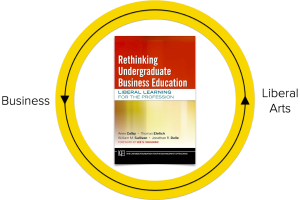
We know that colleges and universities today are scrambling to adjust to shifting demographics, shrinking budgets, skyrocketing pressure, and other changes on all fronts. We expect (rightly) that college presidents will be educators, diplomats, fundraisers and visionaries. Too often, organizing and managing personnel slips a little bit farther down the list. Too often, today’s presidents […]

